Health
In the Weight Loss War, Eating Bean & Veggie Soups May Be More Effective Than Keto

Sign Up
Create a free account to access exclusive content, play games, solve puzzles, test your pop-culture knowledge and receive special offers.
Already have an account? Login
Forgot your password?
Get back to the Sign In
Use left and right arrow keys to navigate between menu items.
Use escape to exit the menu.

Health
Federal judge orders EPA further regulate fluoride in drinking water due to concerns over lowered IQ in kids
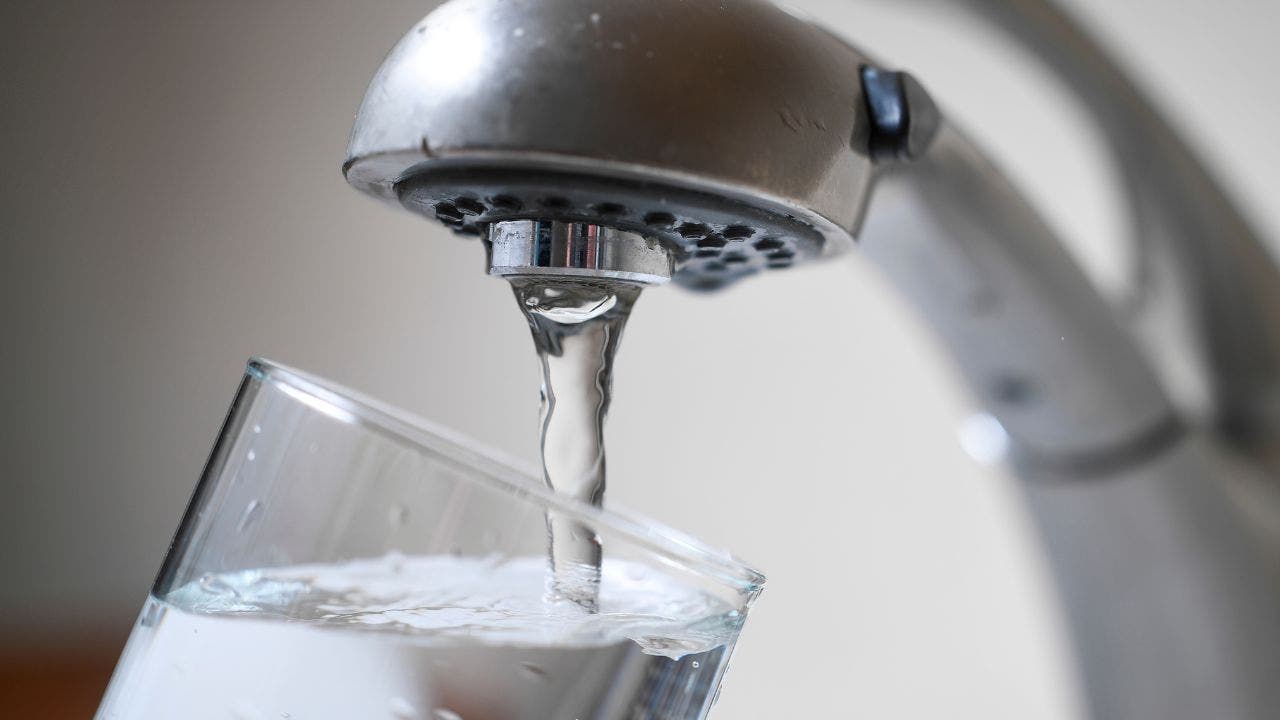
It has been added to municipal water for decades, but a federal judge in California has ordered the Environmental Protection Agency (EPA) to further regulate fluoride because high levels could pose “an unreasonable risk” to the intellectual development of children.
U.S. District Judge Edward Chen ruled Tuesday that the scientific evidence of fluoride’s health risks when ingested at current prescribed levels requires stricter regulation under the 2016 Toxic Substances Control Act (TSCA). The act provides a legal pathway for citizens to petition the EPA to consider whether an industrial chemical presents health risks.
Chen, in his 80-page ruling, wrote there is “little dispute” over whether fluoride is hazardous and ordered the EPA to take steps to lower that risk, but didn’t say what those measures should be.
“Indeed, EPA’s own expert agrees that fluoride is hazardous at some level of exposure,” the judge said. “And ample evidence establishes that a mother’s exposure to fluoride during pregnancy is associated with IQ decrements in her offspring.”
FLUORIDE IN WATER LINKED TO LOWER INTELLIGENCE
A drop of water drips from a leaky faucet. (iStock)
“Between 1981 and 1984, fluoride’s association with adverse effects including osteosclerosis, enamel fluorosis, and psychological and behavioral problems was contested,” Chen said.
At the same time, he wrote that the court’s finding “does not conclude with certainty that fluoridated water is injurious to public health,” Chen said. “Rather, as required by the Amended TSCA, the Court finds there is an unreasonable risk of such injury, a risk sufficient to require the EPA to engage with a regulatory response.
“This order does not dictate precisely what that response must be. Amended TSCA leaves that decision in the first instance to the EPA. One thing the EPA cannot do, however, in the face of this Court’s finding, is to ignore that risk,” Chen added.
“If the Court finds anew that the chemical at issue presents an unreasonable risk, it then orders the EPA to engage in rulemaking regarding the chemical,” the judge said. “The EPA is afforded in the first instance the authority to respond; regulatory actions can range from requiring a mere warning label to banning the chemical.”
An EPA spokesperson, Jeff Landis, told The Associated Press that the agency was reviewing the decision but offered no further comment.
Health
Mom issues warning after health scare, plus 'therapy ponies' and a new COVID strain
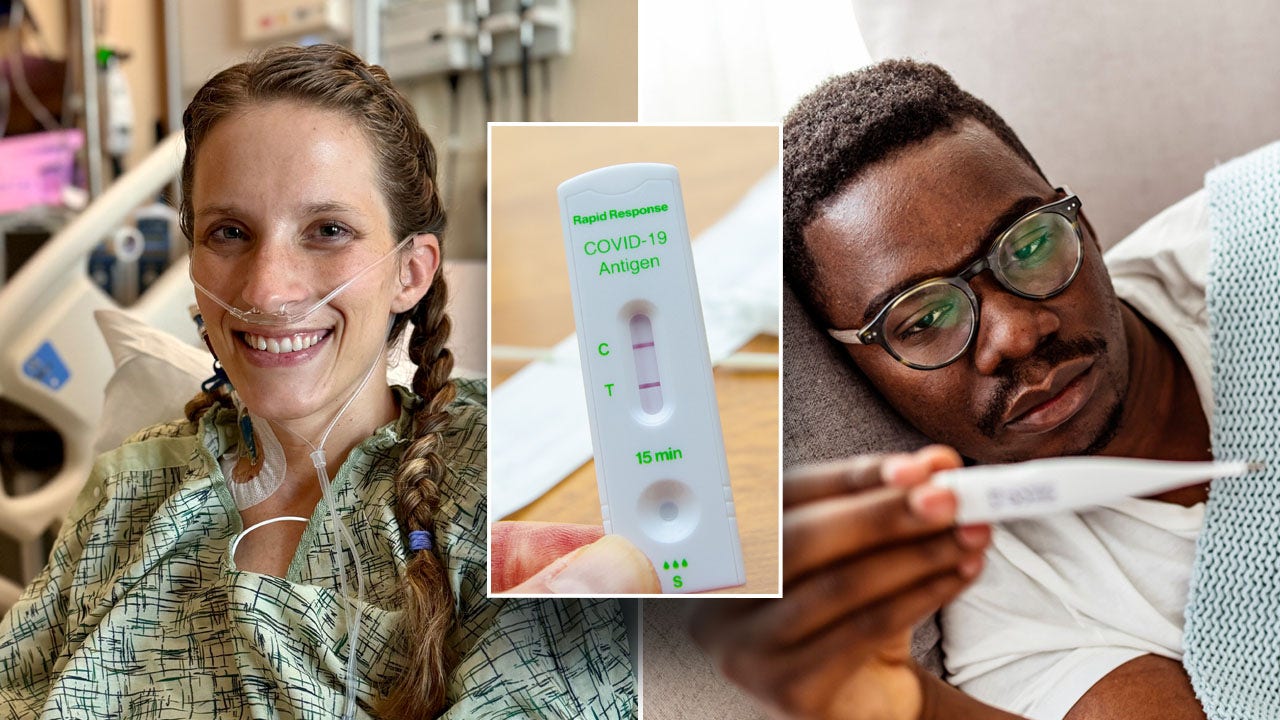
Justine Carter (left) experienced a spontaneous coronary artery dissection (SCAD) while on the treadmill. At right, she reunites with the EMS team who saved her life at HCA Healthcare’s Mountain View Hospital. (Justine Carter)
‘LISTEN TO YOUR BODY’ – After suffering a heart attack on the treadmill, a young Utah mother issues a warning to other women. Continue reading…
UNEASY SLUMBER – A new survey reveals the top 5 worries — and 5 worst sleep habits — that are keeping Americans up at night. Continue reading…
CONCUSSION CONNECTION – Amid NFL legend Brett Favre’s Parkinson’s diagnosis, a neurologist discusses whether football injuries increase the risk. Continue reading…
‘FORM OF LOVE’ – As part of a special therapy program, pint-sized ponies are bringing boosts of joy and humor to those in need. Continue reading…
CHILDHOOD TRAUMA – Kids who were released from Hamas captivity fight for normalcy as their therapists and family members reveal challenges. Continue reading…
PREGNANCY BRAIN – New research reveals the physical changes that happen to a woman’s brain before and after giving birth. Continue reading…
‘HUGE WARNING’ – The growing health care crisis in the U.K. should be a “huge warning sign” for the United States, says Dr. Marc Siegel. Continue reading…
DRINKING FOR WEIGHT LOSS? – A common beverage could help people drop extra pounds, some research has shown. Continue reading…
SLEEP EASY – These 5 viral bedroom finds could bring restful nights within reach. Continue reading…
VIRAL SPREAD – The latest COVID variant, XEC, has spread to half of U.S. states, reports say. An infectious disease expert weighs in. Continue reading…
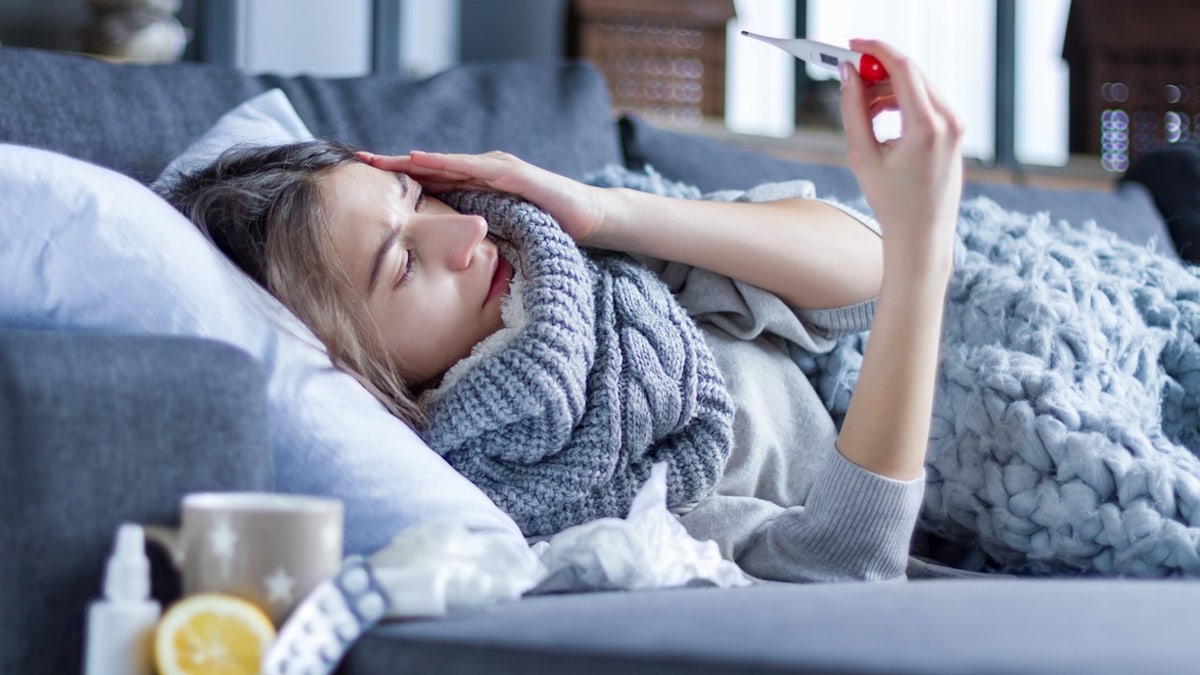
XEC represents a shuffling of two descendants of last year’s JN.1 strain, according to an infectious diseases expert. (iStock)
FOLLOW FOX NEWS ON SOCIAL MEDIA
YouTube
SIGN UP FOR OUR NEWSLETTERS
Fox News First
Fox News Opinion
Fox News Lifestyle
Fox News Health
Fox News Autos
Fox News Entertainment (FOX411)
DOWNLOAD OUR APPS
Fox News
Fox Business
Fox Weather
Fox Sports
Tubi
WATCH FOX NEWS ONLINE
Fox News Go
STREAM FOX NATION
Fox Nation
Health
Best and worst bedtimes for various generations
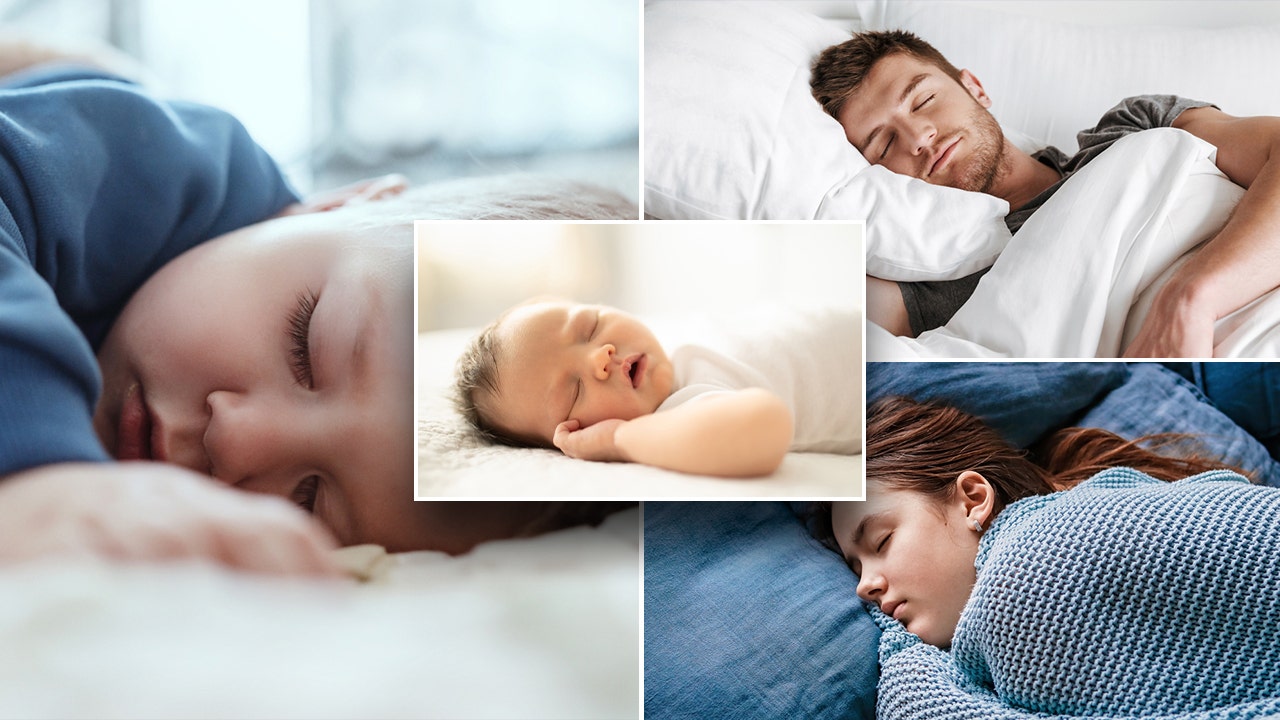
How much sleep is enough sleep?
It depends on multiple factors. One of the biggest is age.
In general, as you age, less sleep is required. While that may be true, the amount of sleep people need is an individualized experience, and not everyone requires the same amount of rest to properly function throughout the day.
LACK OF SLEEP COULD BE A FACTOR IN ‘SILENT EPIDEMIC,’ EXPERTS WARN
How much sleep a person needs may also not be consistent. For example, if you have a poor night’s sleep one night, you may require more hours of rest the next.
Pregnancy can also affect sleep. Pregnancy can affect quality sleep through physical discomfort, hormone shifts and anxiety, according to the Sleep Foundation.
While adults may not need as much sleep as toddlers, it’s still vital to ensure you are getting enough quality rest each night to properly function when you wake up. (iStock)
While there are a number of factors that play into a good night’s sleep, here are some general guidelines for how much sleep different generations should get and tips for sleeping soundly.
- Newborns
- Toddlers
- Children
- Teenagers
- Adults
1. Newborns
Newborns require a lot of sleep. A newborn’s sleep schedule requires flexibility from parents because their hours of slumber are often far from consistent.
In general, newborns up to the age of 3 months need between 14 and 17 hours of sleep a day, according to the National Sleep Foundation. This includes naps throughout the day.
Infants from 4 to 11 months old still need between 12 and 15 hours every day.
LACK OF SLEEP POSES CONCERNING RISK FOR KIDS, STUDY FINDS: ‘CRUCIAL ROLE’
Newborns only sleep for an hour or two at a time, so establishing a schedule can be tricky.
Even though it will take time to establish a steady routine with your baby, it’s never too soon to start incorporating healthy habits.

Newborns need a lot of sleep, but they only rest for short periods at a time. (iStock)
For example, establishing a calming routine, putting babies to bed once they begin to get drowsy and giving them time to settle down all contribute to good sleep, according to Mayo Clinic.
Also, remember it’s never too early to begin reading to your baby — which can also become a bedtime routine staple.
2. Toddlers
Toddlers need between 11 and 14 hours of sleep every night, according to the National Sleep Foundation.
6 EXPERT TIPS FOR FIRST-TIME MOMS DURING THE INITIAL FEW MONTHS OF MOTHERHOOD THAT ARE CRITICAL TO HEALTH
At this age, you can really start to establish a bedtime routine with your child through actions like picking out pajamas, brushing teeth and reading a book together.
The time that toddlers go to bed varies for families, but anywhere from 6 p.m. to 8 p.m. is a good time to begin thinking about getting to bed, according to Parents.com.

Read a book with your child to help create a calm, relaxing setting before bed. (iStock)
3. Children
Children between 3 and 5 years old should get 10 to 13 hours of sleep per night, according to the National Sleep Foundation — while kids 6 to 13 years old should get nine to 11 hours of sleep every night.
Starting school will help children establish a daily routine.
When kids start school, it’s important to ensure they get to bed at an hour that allows them to get proper sleep before a busy day of learning.
CLICK HERE TO SIGN UP FOR OUR LIFESTYLE NEWSLETTER
For school-age children, a bedtime between 7:15 p.m. and 9 p.m. is generally a good idea, per Parents.com.
4. Teenagers
Teenagers don’t need as much sleep as children do.
For teenagers between the ages of 14 and 17, eight to 10 hours of sleep is ideal, according to the National Sleep Foundation.
Many teenagers are busy with extracurricular activities during the school year, which can affect their sleep.

It’s important for teens to try to stick to a consistent bedtime routine, going to sleep and waking up around the same time every day. (iStock)
They could be eating dinner later than normal or may spend time before bed scrolling through their phones, preventing them from getting good sleep.
Trying to limit screen time and going to bed around the same time on a nightly basis can help teenagers get optimal sleep.
5. Adults
Adults need the least sleep of any age group.
For more Health articles, visit www.foxnews.com/health
Adults between ages 18 and 64 should get between seven and nine hours of sleep each night, according to the National Sleep Foundation’s guidance, while those over 65 should get between seven and eight hours of sleep.
If you’re having trouble falling asleep, try to adjust your bedtime routine to include relaxing activities, like listening to calming music or reading a book.
Also, “white noise” could help you to fall asleep, according to the National Sleep Foundation.
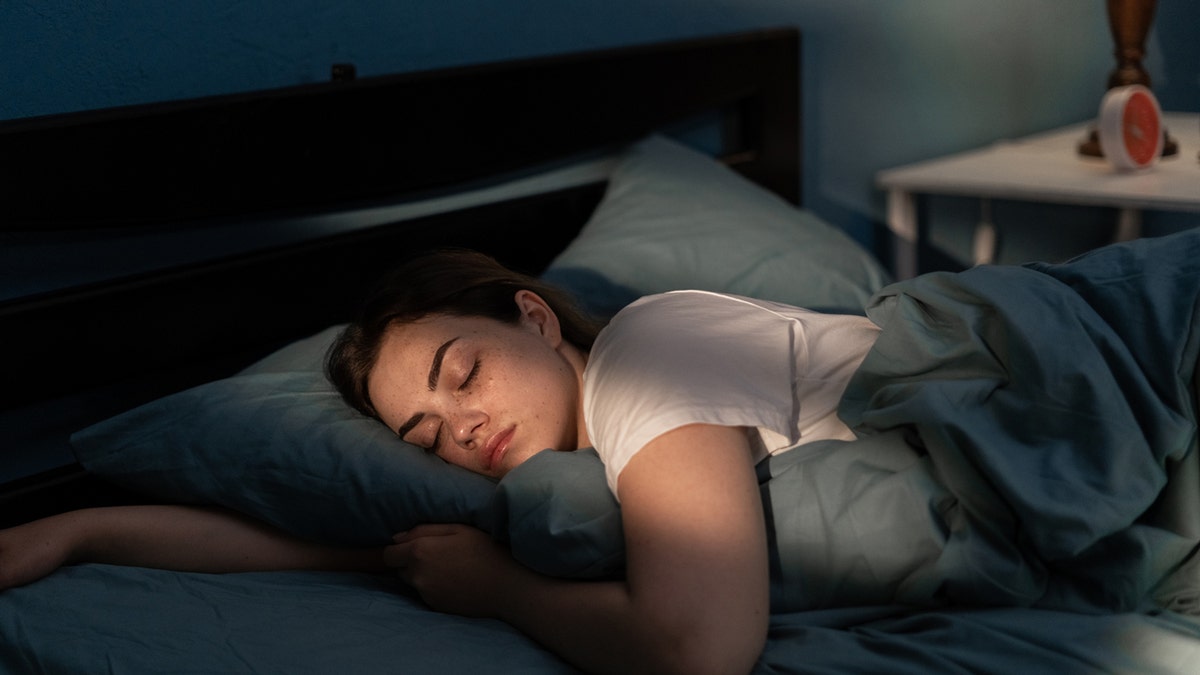
A dark, cool room can contribute to a good night’s sleep. (iStock)
You can get “white noise” through a fan or by using a sound machine or a noise app on your phone.
A cool room is another contributor to quality sleep, according to the National Sleep Foundation, with an ideal temperature of between 60 and 67 degrees Fahrenheit.
You can also limit caffeine intake and meals too close to bedtime to prepare your body for a restful sleep.
-

 News1 week ago
News1 week agoSecret Service Told Trump It Needs to Bolster Security if He Keeps Golfing
-

 Business1 week ago
Business1 week agoU.S. Steel C.E.O. Says Nippon Deal Will Strengthen National Security
-

 Politics1 week ago
Politics1 week agoNew House Freedom Caucus chair reveals GOP rebel group's next 'big fight'
-

 News1 week ago
News1 week agoToplines: September 2024 Inquirer/Times/Siena Poll of Pennsylvania Registered Voters
-

 News1 week ago
News1 week agoDisney trips meant for homeless NYC students went to school employees' families
-

 Politics1 week ago
Politics1 week agoBiden admin moves to reinstate Trump-era rule, delist gray wolves from endangered species list
-

 Politics7 days ago
Politics7 days agoDem lawmakers push bill to restore funding to UN agency with alleged ties to Hamas: 'So necessary'
-

 World1 week ago
World1 week agoWhat’s South Africa’s new school language law and why is it controversial?



















